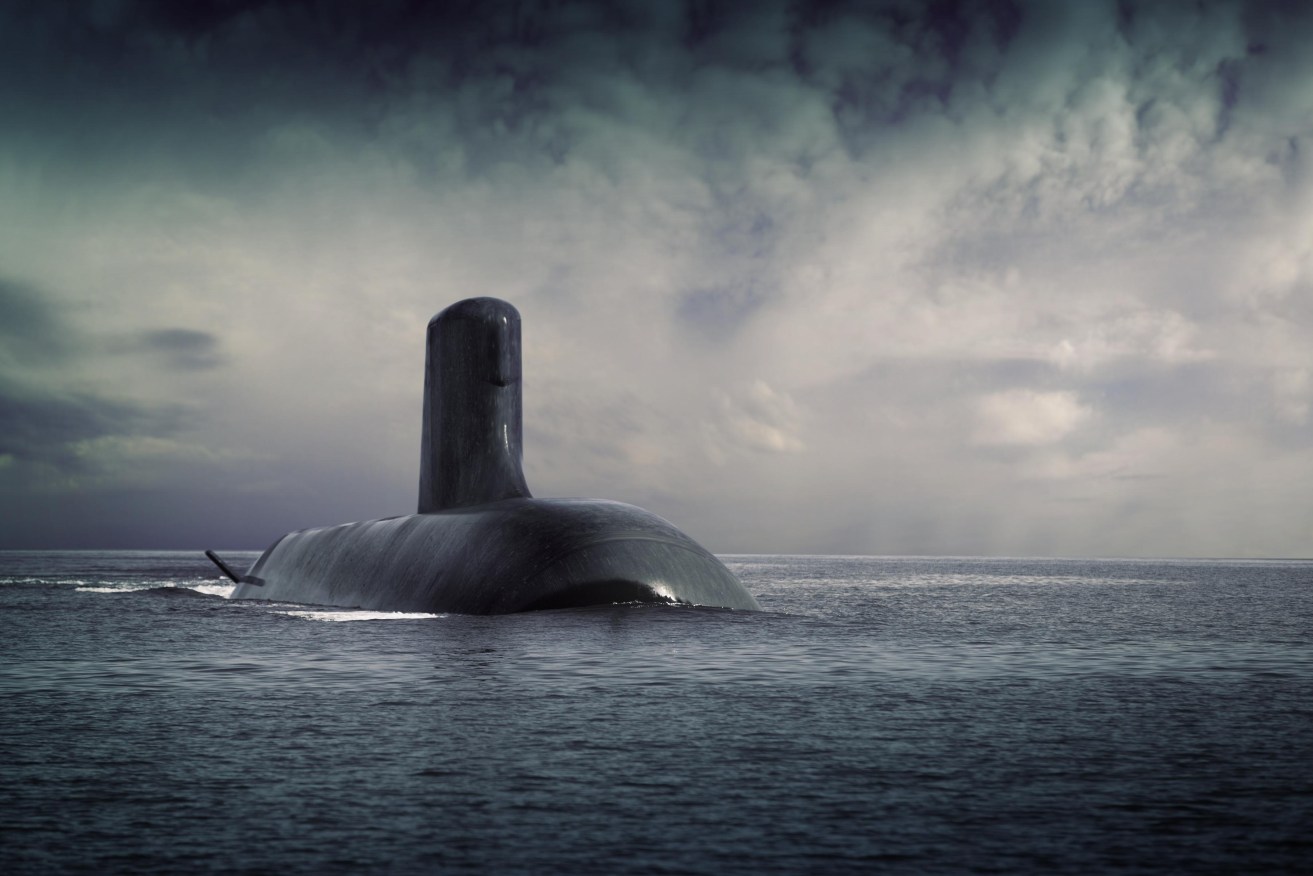No cultural cringe: Local subs build will not cost us more
Forget the industrial “cultural cringe” – an Australian submarine build is the best option for the economy and the navy, argues Martin Hamilton-Smith.

The French submarine design for Australia's future vessels.
It costs no more to build 12 submarines in Australia than it would to build in Japan, Sweden, Germany or France.
The claimed price differential is a hangover from the Abbott Government’s attempt to justify its Japan option which was based on strategic considerations, not cost. They used two lines of reasoning to justify the claim; the first was a never-fully released report on the costs associated with the Air Warfare Destroyer (AWD) program and the second was the career suicide statement by former Defence Minister David Johnston that Australian workers “couldn’t be trusted to build a canoe”.
The South Australian Government’s submissions to a Senate committee in October 2014 reasoned that the key determinant of price and production efficiency in a shipyard was continuity of build.
Japan, France, and Germany are all high cost countries with very low differences in labour cost (the labour cost component of a submarine makes up about one third of the total build cost whilst material makes up two thirds)
One third of the material cost is made up of specialised input sourced from a sole supplier, or from a group of very few alternative suppliers and hence there would be no real cost difference depending on build location.
Two thirds of the material cost is made up of domestic input where there might be some benefits of scale depending on the size of the submarine project, but most submarine projects are low volume.
It might actually end up cheaper building in Australia when you take into account the flow-on benefits from taxation and broader economic activity.
The Abbot Government made political capital out of the slow progress of the first of class Air Warfare Destroyer project without understanding that it was the first step along a learning curve, which all shipbuilding programs experience. It’s expected that the price of the first of class will be between five and 10 per cent more expensive than the 3rd or 4th of class. The cost overrun on the AWD – large as it sounded in dollar terms was only around 6 per cent and hence sat well within the norm.
The other advantage of a local build is the efficiency of long-term maintenance. From an engineering view, without the knowledge and know-how of construction in Australia, including the certification, design assurance and testing, and the vast amount of information collected at build for assurance, a maintainer would be working blind. This can lead to errors, time delays and high costs.
The submarines have to be maintained here because it is simply too far from Europe or Japan to be held on a long, thin thread of supply chain and maintenance work. The lack of the right knowledge can lead to errors with tragic consequences.
Constructing submarines here means that all the calculations, the standards, specifications, test results, build information including objective quality evidence, design certification and assurance will happen here and will be learnt by Australian engineers from the very beginning.
An economic analysis was commissioned by South Australia’s Economic Development Board. The National Institute of Economic and Industry Research (NIEIR) analysis detailed cost data on building overseas and locally and its overwhelming conclusion was that it will cost no more to build locally.
It concluded that Australia as a country is at least $21 billion better off by building in Australia than purchasing overseas, in addition to the creation of 120,000 man years of additional jobs in the economy over the life of the project as compared to building overseas.
It is no more than an industrial version of cultural cringe to believe otherwise.
Martin Hamilton-Smith is the South Australian Minister for Defence Industries.




